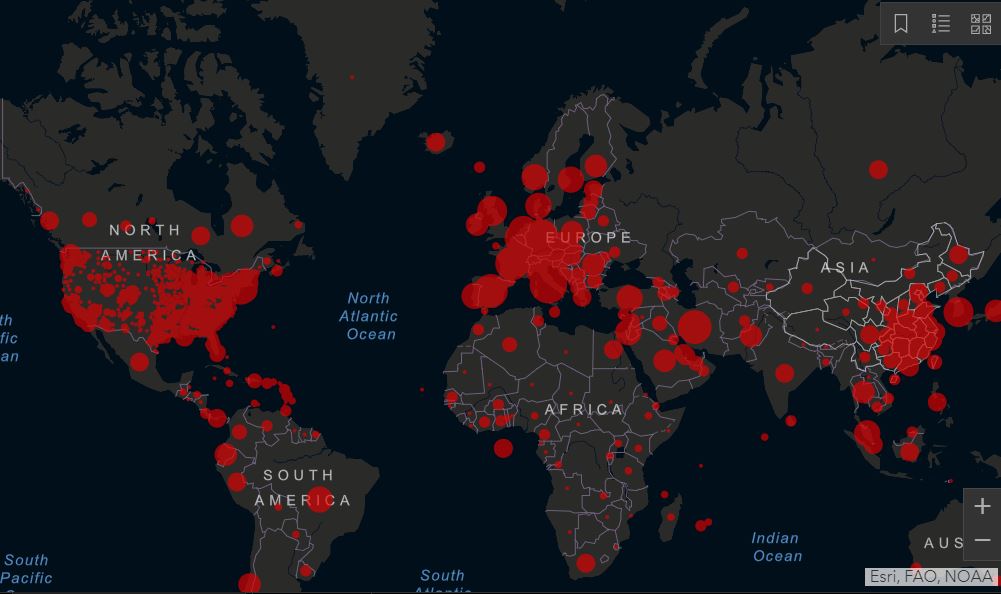
The Coronavirus John Hopkins tracking map now has a new feature to help authorities and individuals monitor the spread of COVID-19 cases.
The COVID-19-tracking map of Johns Hopkins University now shows more granular data on the number of positive novel coronavirus cases worldwide.
Before the coronavirus spreads in January, researchers from Johns Hopkins University had started monitoring the movement of the virus in China and other countries around the globe.
After almost over two months since introducing the interactive map, it already shows data revealing real-time confirmed cases in cities and localities across the U.S. and internationally.
According to an advisory from the university, the tracking map’s dashboard now records "the numbers of confirmed cases and fatalities for each local jurisdiction in an effort to best inform the public and to aid health care and emergency workers responding to the crisis."
Users can view state-by-state totals in a bar located to the left of the map, after choosing “U.S.” and shifting between the tabs at the bottom of that column. They can also check out cases in other countries by navigating the interactive map.
The dashboard will remain operating and providing users a view of the international trend in number of cases. This includes a line graph with the number of confirmed cases.
The daily increase is also present on a bar graph. By selecting a specific country in the aforementioned left column, viewers can see the updates on the line graph and bar graph. These will display the trend in cases for that specific country.
Hopkins’ team of researchers, led by Professor Lauren Gardner and based in the Whiting School of Engineering’s Center for Systems Science and Engineering, has been collating data for free from governments and global health monitors though Github.
Gardner said the map was taking in an average of more one billion interactions a day.






